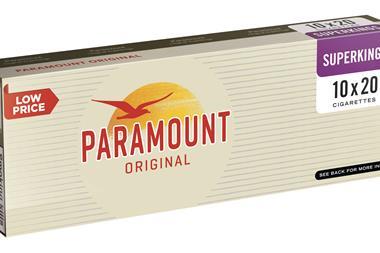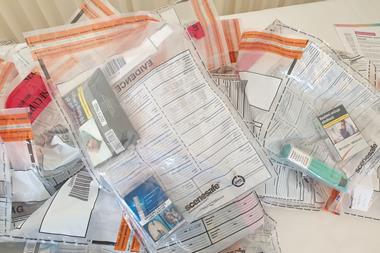As the government considers the details of the tobacco display ban, more evidence shows that bans harm small stores and add to the illicit trade
The Judicial Review
On April 26 Imperial Tobacco announced that it was applying to the High Court for permission to seek a Judicial Review of the regulations to ban the display of tobacco products from October 2011
Imperial’s move was also later consolidated with similar applications from BAT, PMI and JTI
While Imperial put forward the view that the legislation was “unreasonable and disproportionate”, in its submission BAT argued thatit discriminated against smaller players and new entrants in the market
JTI meanwhile, stressed that it would fuel the illicit market.
With less than one year to go before a ban on the retail display of tobacco in large stores is due to be implemented, the debate is continuing across Westminster about how, or even whether, to proceed with plans.
Responding to mounting pressure from MPs, secretary of state for health Anne Milton said the government was still thrashing out how to balance tackling the issue of youth smoking with challenges facing business competition and costs.
It was also “closely monitoring any new evidence about the effects of the legislation on other countries,” she said.
Perhaps the minister will take a closer look at recent statistics from Canada, which clearly show that efforts there to stamp out youth smoking had stalled, despite the introduction of tobacco display bans. Far from declining, figures from the Canadian Cancer Society show that the rate of teen smokers had started to inch up.
Also increasing is the illicit trade. In 2009 the Royal Canadian Mounted Police seized approximately 975,000 cartons of illegal cigarettes Canada-wide, up on 2008’s record high seizures of 965,000, and representing a 114% increase from 1994. In fact, the only thing going down in Canada is the number of legitimate tobacco retailers.
Meanwhile, in Ireland, where a display ban has been in place for more than a year, it is now estimated that one in every three packets of cigarettes sold is contraband.
Closer to home, UK retailers are anxiously waiting to hear whether or not Britain’s three biggest cigarette makers have been successful in their applications for a Judicial Review of the powers to ban tobacco displays in the Health Act 2009.
In April Imperial Tobacco, Japan Tobacco International (JTI) and BAT revealed their intention to commence the legal challenge, claiming the Health Act 2009 and accompanying display regulations for England were unreasonable and disproportionate a move which at the time the Conservative Party had backed.
News of whether or not a judge will hear their case is expected this week.
It’s a slim chance they will succeed, but should a review be granted it’s likely that the implementation dates of October 1, 2011 for large stores and 2013 for smaller stores would be pushed pack while discussions ensue and the technicalities of implementing the ban are mulled over.

















![92611-Golden-Virginia-BTO-5x40g_3D-Soft-Pack_L[39]](https://d2dyh47stel7w4.cloudfront.net/Pictures/380x253/8/9/4/340894_92611goldenvirginiabto5x40g_3dsoftpack_l39_10582.png)




No comments yet